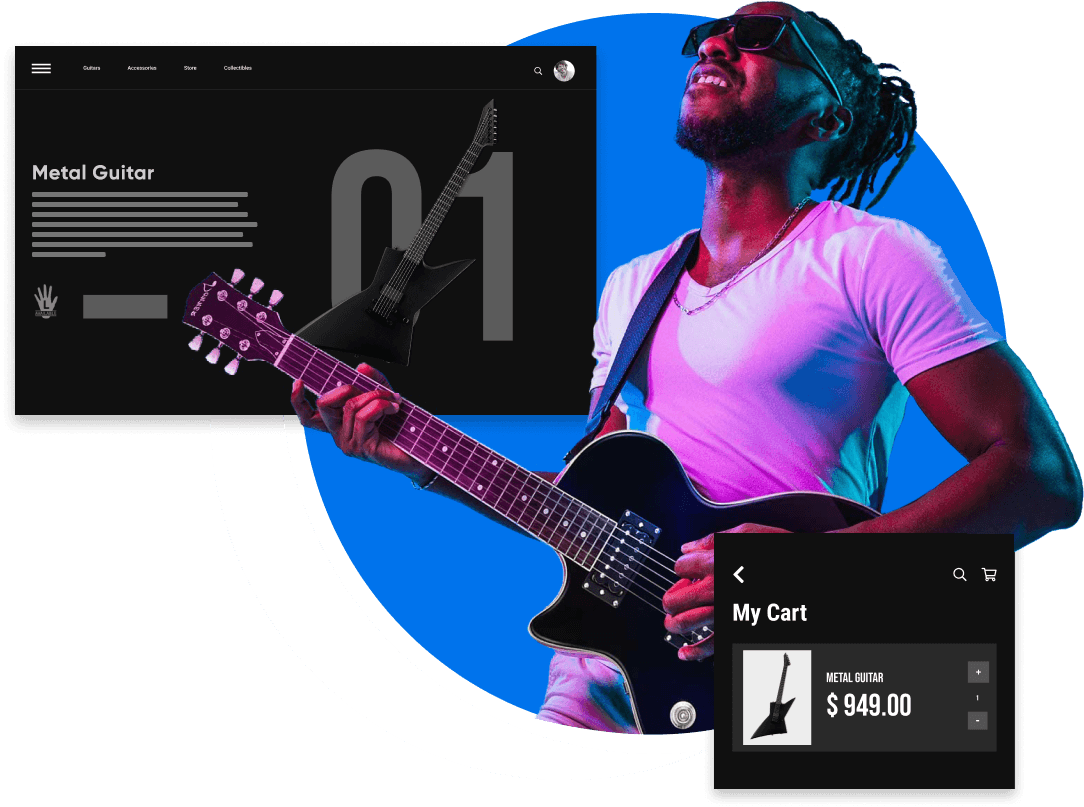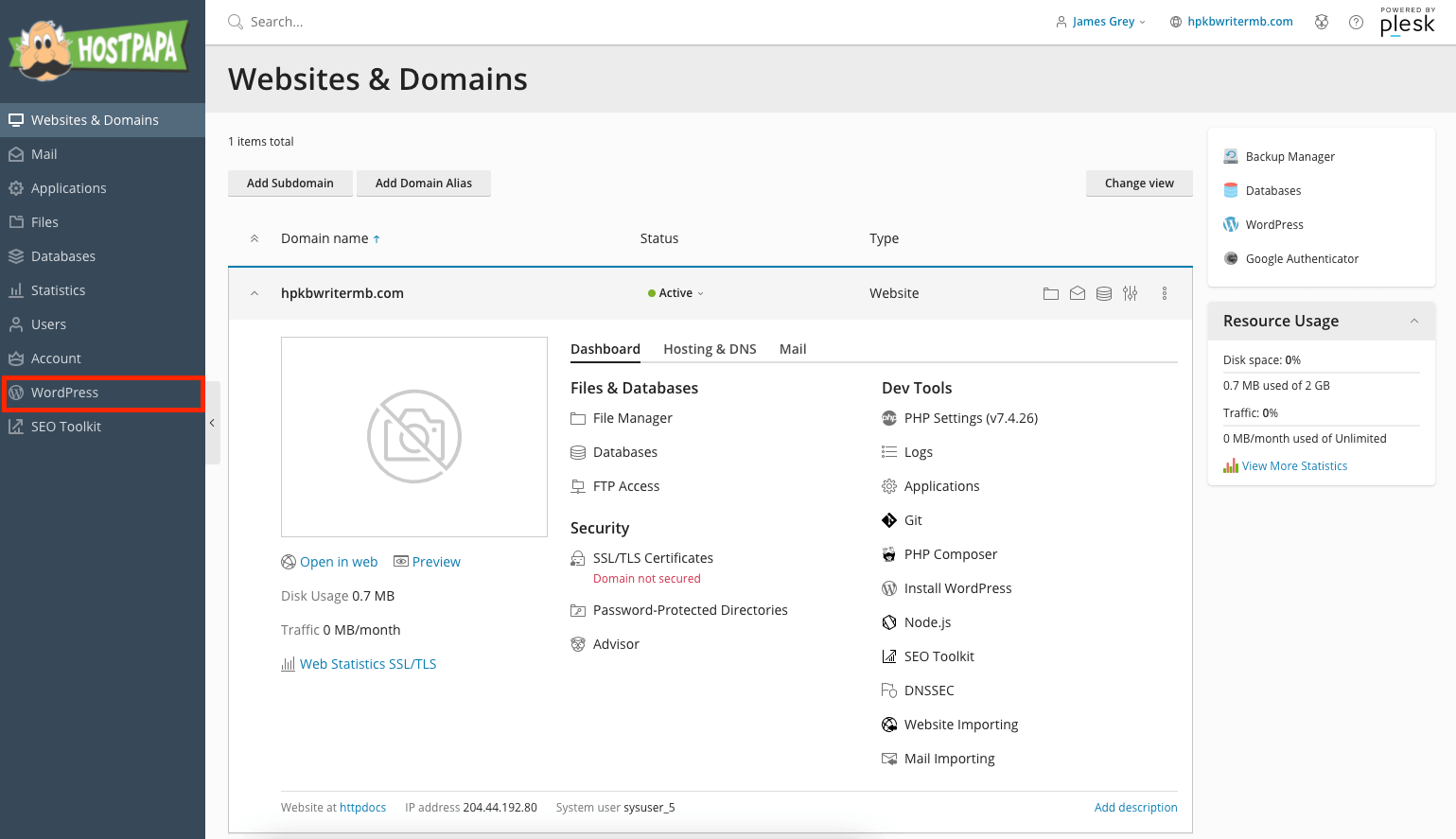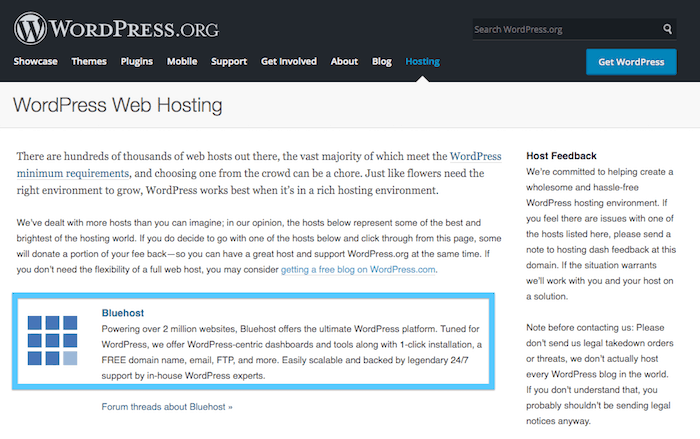
Today, it's a common practice to transfer files between different devices. Depending on the nature of work, many people work from more than one device. Transferring files is important, no matter where they are located. It is also possible to transfer files using a Bluetooth or USB cable. There are also third-party apps.
Export Content mode
You may have had to transfer data from Android devices to your computer in the past. To transfer the data to your PC, you can use the Export Content mode. This method can be used on any Android phone or tablet.
First, you must download the Android Data Transfer software. This program allows you to transfer files between your Android and Windows PC. Once the program has been downloaded, you are able to use it in order to transfer files between your phone and your computer.
Bluetooth
Bluetooth allows you to share files and photos between your Android device and your computer using wireless technology. Open the notification shades and click on Bluetooth to enable Bluetooth for your Android device. Bluetooth can also be found on Windows via the status bar and control center. In the Bluetooth settings on your computer, you can select the "Bluetooth File Transfer" option. Once the Bluetooth icon is visible, click on it and then select the Android phone you wish to transfer data from. To complete the transfer, your Bluetooth pin or security number may be required.

To transfer files from Android devices to your Mac, you first need to go to Files > sharing > Bluetooth File Exchange. Before pairing them, both devices must be turned on Bluetooth.
USB cable
The increasing number of smartphones means that it is more essential to back up data. Because mobile phones are susceptible to damage, data stored there is often at risk. It is therefore essential to back up these files on a computer. Use a USB cable for this purpose.
Use the USB cable to connect your Android device and your computer. The USB cable should detect your connection and display the notification, "Charging via USB". Select File Transfer and click on "Use USB to" Select the files and folders you wish to transfer.
App for third parties
There are many ways to transfer data from Android device to computer. Google Backup and Restore is one of the most efficient ways to transfer data from Android to computer. It connects to your computer via Bluetooth or USB. This allows you to transfer data between devices. This method is brand-dependent.
Another way to save files from Android phones is to use a memorycard. To do this, you must first eject your phone from the device and then insert the SD card into your computer's card reader. Modern Android phones have USB OTG support, which allows you to transfer files from your smartphone to your computer. In addition, some cloud services have features that make it easy to transfer data from Android to PC. For example, Dropbox and Google Drive have applications that automatically upload photos to your PC.

Local wireless connection
Android users may need to transfer files to and from their devices. You might also want to backup your images or transfer your music directly to your desktop. Android is an open platform and can support a variety of transfer methods. It can be used with a USB cable, Bluetooth, and a third-party app. You can also use the local wireless connection.
Bluetooth is another popular way to transfer data between your phone, computer and tablet. You can quickly transfer files even between devices located several hundred feet apart.
FAQ
What Types of Websites Should I Create?
This question is dependent on your goals. Your website should be able to sell products online. This will allow you to build a successful business. You'll need to build a robust eCommerce site to do this successfully.
Blogs are another popular type of website. Each type of website requires different skills. If you are looking to start a blog, then you need to know about blogging platforms like WordPress and Blogger.
Once you have chosen a platform, it is also important to determine how you can customize the appearance of your site. There are many themes and templates that you can use for free.
Once you've chosen a platform, you can build your website by adding content. Pages can include images, videos, text and links.
When you are ready to launch your new website, you can publish it online. Visitors can view your site online once it has been published.
What is a static web site?
A static site can be hosted anywhere. This includes Amazon S3, Google Cloud Storage. Windows Azure Blob storage. Rackspace Cloudfiles. Dreamhost. Media Temple. In addition, you can also deploy a static site to any platform that supports PHP, such as WordPress, Drupal, Joomla!, Magento, PrestaShop, and others.
Because they don't send requests back and forth between servers, static web pages are easier to maintain. Because they don't send any requests back-and-forth between servers, static web pages load much faster. These are just a few reasons why static web pages can be a better option for small companies who don't have the resources or time to maintain a website.
What is a responsive website design?
Responsive Web Design (RWD), is an approach to designing responsive websites. Content will display correctly on all devices, such as smartphones, tablets, laptops, tablets, and desktop computers. This allows users access all features of a website, including navigation menus, buttons and buttons, on one device. RWD is designed to ensure that a user can view a site on any size screen.
For example, if you were building a website for a company whose products sell primarily through eCommerce, you would want to ensure that even if a customer viewed your website on a smartphone, they could easily purchase items from your store.
A responsive website will adjust its layout automatically based on what device is used to view it. So, viewing the site on your laptop will look like a standard desktop website. It will be different if the page is viewed from your phone.
This allows you to create one website that works on all devices.
What should I include in my Portfolio?
These are the things you should include in your portfolio:
-
Examples of your previous work.
-
If applicable, links to your website
-
Links to your blog.
-
These links will take you to social media websites.
-
These links will take you to the online portfolios of designers.
-
Any awards that you have received.
-
References.
-
Examples of your work.
-
These links will help you communicate with clients.
-
Here are some links to show that you're eager to learn new technologies.
-
You are flexible, these links will show it.
-
Your personality is displayed in the links
-
Videos showing your skills.
Can a strong portfolio make me more likely to get hired as web developer?
Yes. If you want to land a job as web designer or developer, your portfolio is essential. The portfolio must show examples of your skills and experience.
A portfolio usually consists of samples of your past projects. These could be any project that showcases your talents. Include everything: mockups; wireframes; logos; brochures; websites and apps.
Can I build my website using HTML & CSS?
Yes, you can! It is possible with basic knowledge of web design, programming languages like HTML (Hyper Text Markup Language), CSS (Cascading style Sheets), and HTML (Hyper Text Markup Language). These languages enable you to create websites that are accessible to anyone with an internet connection.
Statistics
- Is your web design optimized for mobile? Over 50% of internet users browse websites using a mobile device. (wix.com)
- It's estimated that chatbots could reduce this by 30%. Gone are the days when chatbots were mere gimmicks – now, they're becoming ever more essential to customer-facing services. (websitebuilderexpert.com)
- At this point, it's important to note that just because a web trend is current, it doesn't mean it's necessarily right for you.48% of people cite design as the most important factor of a website, (websitebuilderexpert.com)
- Did you know videos can boost organic search traffic to your website by 157%? (wix.com)
- It's estimated that in 2022, over 2.14 billion people will purchase goods and services online. (wix.com)
External Links
How To
How do I get started in UI Design?
There are two routes to becoming a UI Designer:
-
You can complete school to earn a degree for UI Design.
-
You can go freelance.
If you want to go through school, you'll need to attend college or university and complete four years of study. This includes business, psychology and computer science.
There are also state universities and community colleges that offer classes. Some schools offer free programs; others charge tuition fees.
You will need to find work after graduation. If you choose to work for yourself, you must build your client base. It is essential to establish a professional network so other professionals know you exist.
You can also look for opportunities to intern at companies that specialize in developing web applications. Many companies hire interns before they hire full-time staff.
Your portfolio will help to get you more work. Your portfolio should include work samples as well as details of the projects that you have worked on.
It's a smart idea for you to send your portfolio by email to potential employers.
As a freelancer, you will need to market yourself. You can advertise your services on job boards like Indeed, Freelance, Guru, or Upwork.
Freelancers frequently receive assignments from recruiters who post jobs online. These recruiters seek qualified candidates to fill open positions within certain industries.
These recruiters usually provide a briefing outlining the requirements of the job to the candidate.
While freelancers aren't required to sign contracts for a long time, they can still be paid. You should negotiate an upfront payment if your goal is to move forward.
Many designers prefer to work directly with clients rather than through agencies. Although this may seem appealing, many people lack necessary skills.
Agency workers have a deep understanding of the industry in which they are working. They also have access to specialized training and resources that allow them to produce high-quality work.
These benefits are not the only ones. Agency workers typically receive a higher hourly wage.
The downside to working with an agency is that you won't have direct contact with the employer.
A UI designer must be self-motivated, creative and flexible.
Additionally, communication skills must be excellent both in written and verbal.
UI designers create user interfaces and visual elements for websites.
They also ensure that the site meets users' needs.
This requires understanding what information visitors want and how the website should function.
Wireframes can also be created by UI developers using a variety o tools. Before they begin designing, wireframing allows them to visualize the page's layout.
Wireframe templates are available online, making it easy for anyone to create their own wireframes.
Some designers specialize in UI design alone, while others combine UI with graphic design.
Photoshop is used by graphic designers to edit images.
To create pages and layouts, they then use Adobe InDesign.
Photographers capture images using digital cameras or DSLRs.
Then, they upload the photos to a photo editor program, where they add captions and filters.
Afterward, the photographer saves the image in a file format compatible with the website.
It is important that you consider all aspects of web design when creating a website.
This includes research as well planning, wireframing. prototyping. testing. coding. content creation. and publishing.
Research - It's essential to conduct thorough research before starting a new project.
Planning – After you've done your research you'll be ready to develop a plan.
Wireframing- A wireframe - A wireframe represents a sketch of an application or web page.
Prototyping: Prototypes can help to ensure that the final product meets the initial vision.
Testing - To ensure that the prototype works correctly, it should be subject to multiple rounds of testing.
Coding - Coding refers to the process of writing computer code.
Content Creation: Content creation can include everything from copywriting to managing social media profiles.
Publishing involves uploading files to a server, and making sure the site is accessible.
As a freelance UX/UI designer, you will need to learn about different projects.
Some companies may only need wire frames while others require complete prototypes.
You may be required to perform specific tasks depending on the project you accept.
One example is that if you are hired as a wireframe designer, you might be required to create many wireframes.
If you're required to build a complete prototype of a website, you may also be required to design a fully functional version.
Strong interpersonal skills are important regardless of the project type.
Referrals are what most clients use to hire freelancers. Therefore, it is important that you establish strong relationships with potential employers.
You must also be able communicate clearly both verbally as well as in writing.
Portfolios are an essential part of any freelancer’s toolbox.
It showcases the quality of your work as well as your ability and willingness to provide high-quality results.
This is possible by creating an online portfolio.
Finding websites similar to yours is the best way to start.
Next, search these sites to discover which site offers what services.
Once you identify what you think are the best practices, go ahead and adopt them.
It's also useful to include links from your portfolio in your resume.